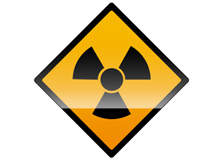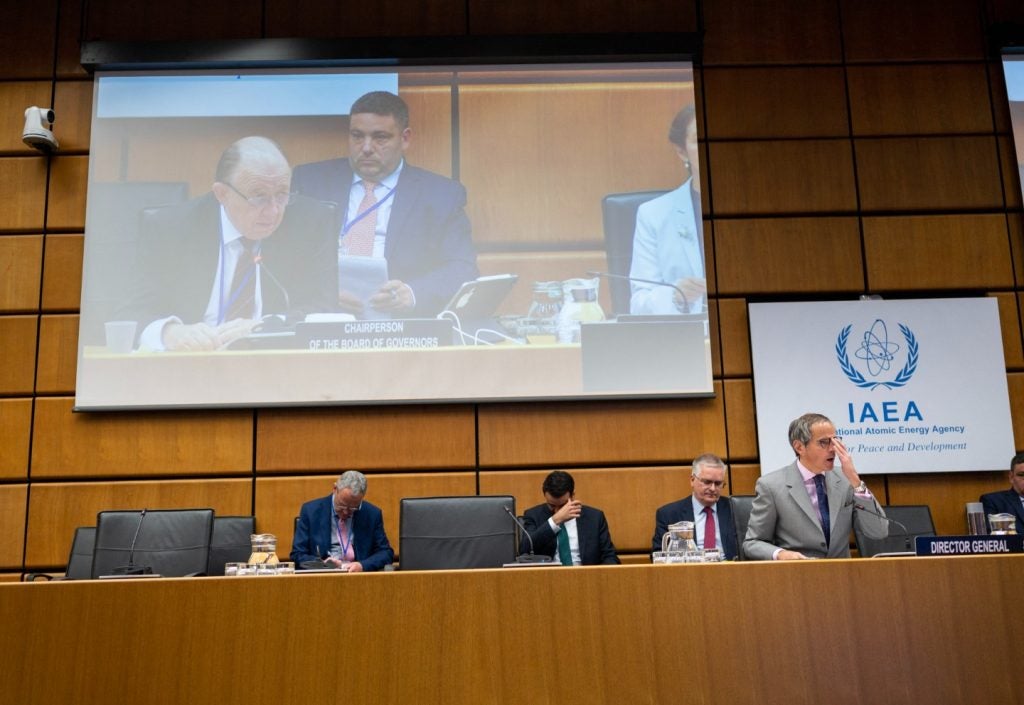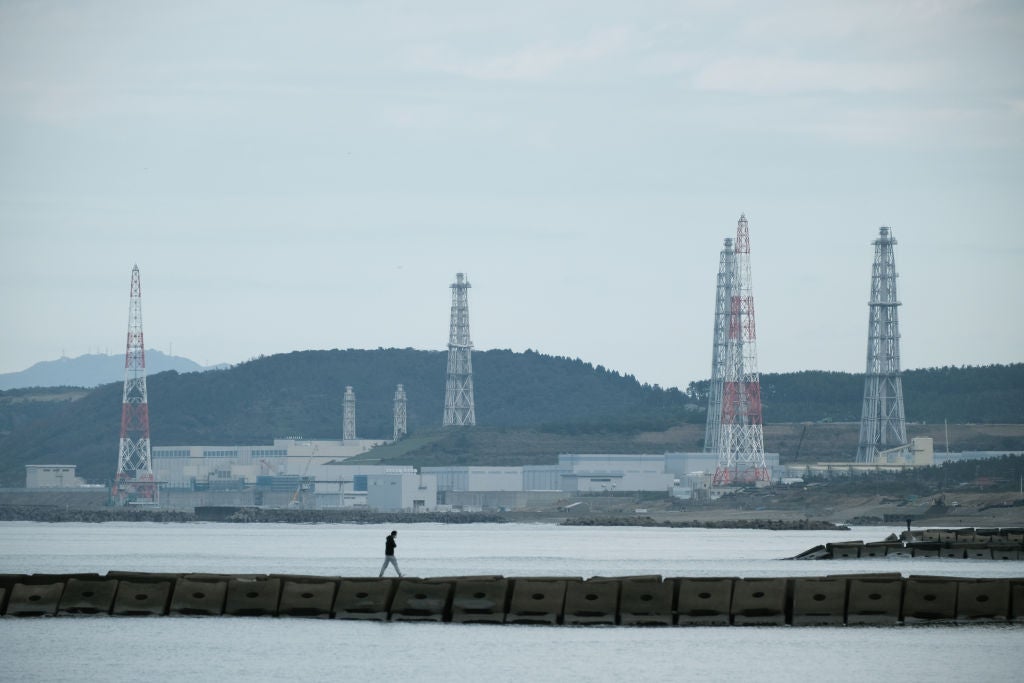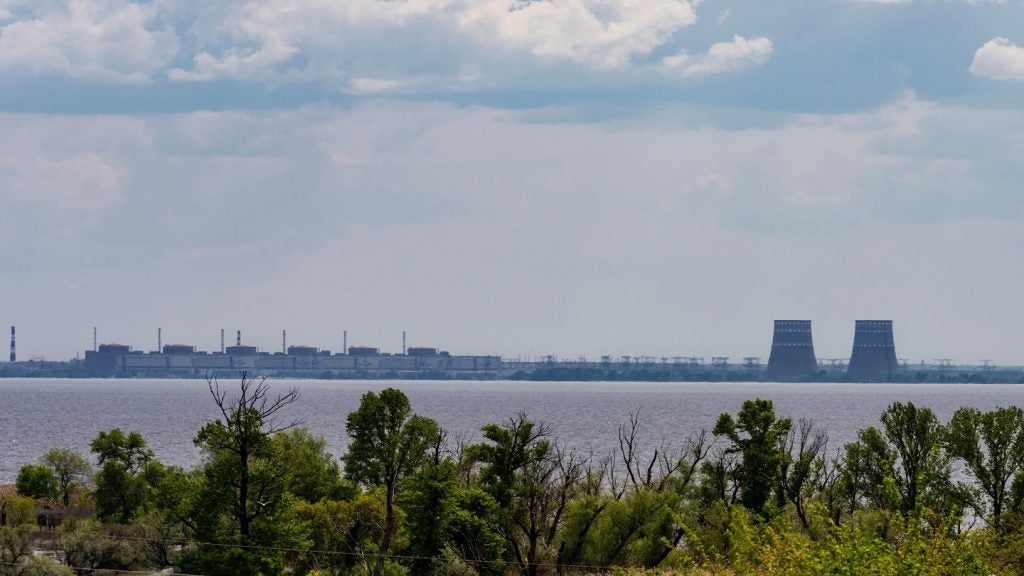
Britons were outraged in February after new operators of one of England’s oldest nuclear waste dumps posted a newspaper advert asking for ex-employees to come forward with information on the whereabouts of radioactive materials on site. The area is believed to host, among other things, waste transported from the Ukraine after the 1986 Chernobyl disaster.
LLW Repository, new operators of the Sellafield radioactive dump in Cumbria in northern England’s Lake District, defended its actions saying that it was simply exploring all available avenues to improve its knowledge of the site. The incident nevertheless underscored just how sensitive an issue waste is in the community and gave a wake-up call to the industry to lift its game if nuclear power is to gain momentum.
In 2008, the Cumbrian local council indicated that it was considering accepting a government subsidy, thought to be in the vicinity of £1bn, in return for hosting what would be the first underground nuclear waste dump in the UK. Reactions have been understandably mixed.
Fellow of the Royal Academy of Engineers and former head of fuel development with British Nuclear Fuels David Horsley says that making waste disposal a public issue is the best way to go. “It [nuclear waste storage and disposal] has to be done right, it has to be done openly and it has to be done in broad consultation with the major stakeholders,” Horsely says.
In the very early stages of nuclear power in the UK, the main priority was chasing the military objective and many sites like Sellafield grew out of a munitions culture. “But if you talk about the situation in relatively modern times, say the last 20 years, things have been pretty well controlled,” Horsley says.
The UK situation will become clearer in June when the committee on radioactive waste management (CORWM) presents its draft ‘Report to Government on the Interim Storage of Higher Activity Wastes and the Management of Spent Fuels, Plutonium and Uranium’. The industry hopes that none of the findings give cause for alarm and create a PR headache for the nuclear industry.
How well do you really know your competitors?
Access the most comprehensive Company Profiles on the market, powered by GlobalData. Save hours of research. Gain competitive edge.

Thank you!
Your download email will arrive shortly
Not ready to buy yet? Download a free sample
We are confident about the unique quality of our Company Profiles. However, we want you to make the most beneficial decision for your business, so we offer a free sample that you can download by submitting the below form
By GlobalDataBurial is best
There are 439 nuclear power reactors in operation globally and 39 under construction. A total of 61 new reactors are expected to be commissioned by 2014 and almost 400 had been proposed and/or planned as of December 2008. With the rising interest in nuclear activity, some estimate there could be as much as 250,000t of spent fuel and high-level waste (HLW) by the year 2015.
The traditional method of dealing with waste has been to put it in temporary water cooling tanks, usually about 7m deep, typically on site with nuclear reactors or in military bases where nuclear weapons are produced. Now that the earliest accumulated waste has turned 50 years old, the question of what to do with it in the long-term has become unavoidable in many people’s eyes.
The estimated costs of dealing with the existing stockpiles of nuclear waste, however, are considerable. A recent Deloitte survey stated that Britain’s nuclear waste legacy will cost around US$50bn.
Meanwhile, Canada’s Nuclear Waste Management organisation has concluded that deep geological disposal would cost its country C$24bn and require 60 years of additional study before the first bundle of waste is dealt with.
Nuclear waste is generally divided into three categories – HLW, intermediate-level waste (ILW) and low-level waste (LLW). In addition, some countries have added a classification for very-low-level waste (VLLW). While there are all sorts of ideas for how best to deal with nuclear waste, the overwhelming consensus is to stick it in the ground.
This was one of the key findings to emerge from a detailed survey undertaken by the International Atomic Energy Agency (IAEA) in 2007, which questioned nuclear-powered countries about their strategies for handling radioactive materials in the decommissioning of nuclear power plants.
Much of the LLW and MLW accumulated at nuclear power plants, research laboratories and other sources throughout the world has been slated for burial in so-called near-surface repositories. One reason why burial is supported so widely is because of the high levels of expertise and advanced technologies for drilling. “Technological capability for the construction of geological facilities is available, as it is based on current drilling, tunnelling, backfilling and sealing technologies,” the IAEA says in a statement.
There are many styles of nuclear burial repositories depending on the sorts of materials used to build them – with each creating its own concerns. For instance, metal corrosion is a big cause of gas which can destabilise repositories. This has emerged as a key issue in the UK.
In addition, there are the environmental and geological characteristics of sites that lead to questions around seismic activity, temperature and water levels. Then, of course, there’s the waste itself.
Global reactions
Probably one of the easiest types of waste to handle is spent fuel cells. These are solid and tend to be heavily compacted into ceramic form. But nuclear operations aren’t always neat and tidy, producing a smorgasbord of radioactive materials from clothing, soils, metals, concretes, timbers and the most dreaded of all radioactive forms – liquids.
Dealing with waste from decommissioned power plants is another challenge with its own logistical and political challenges. A solution being widely considered is to simply seal and sink the old reactor, a process known as entombment.
The US government’s waste isolation pilot plant in New Mexico is the only repository in a deep geological formation. However, several countries are researching deep underground disposal facilities for HLW. Belgium, Canada, Finland, France, Germany, Sweden, Switzerland and the UK have all performed detailed studies, or characterisations, drilling numerous boreholes and exploratory shafts and ramps in underground research laboratories.
Governments in Romania, Lithuania, Iran and the US are considering building repositories for the disposal of operational and decommissioning waste in surface-engineered constructions. Proposed depths range from tens to hundreds of metres. Repositories are in different stages of development in Canada, Hungary and the UK. Russia is expected to come under increased pressure to end its practise of dropping nuclear waste into the sea.
Germany has a strict policy of sticking all of its nuclear waste in deep geological formations. Planning has begun for the proposed Konrad repository which will operate at depths of between 800m and 1,300m, storing both operational and decommissioning waste. Meanwhile, new facilities designed for the disposal of decommissioning wastes are planned in Japan and France.
The latter’s Morvilliers facility, opened in 2003, is designed to handle 650,000m³ of VLLW in excavated cells within a clay formation.
There has been much talk about where responsibility for nuclear waste ultimately lies. This is of particular concern in politically unstable countries. However, progress is being made to formalise standards of conduct, which would include decrees that countries must themselves dispose of the waste that they generate.
In 1994, the Finnish government amended its nuclear energy act to reflect such an undertaking. All nuclear waste created in Finland is to be disposed of in Finland. The country has two main nuclear plants, Olkiluoto in Eurajoki and the VVER Loviisa nuclear power plant, with all waste is to be stored at the former.
Unique technological challenges
One element that makes the treatment and disposal of nuclear waste so challenging is the fact that different reactions occur when different materials are irradiated. Concretes and metals such as steel and aluminium – as well as just about anything in the periodic table may decide to alter its behaviour. Further, there are several different nuclear power plant designs, each of which produces waste with different characteristics. For instance, reactors made with graphite moderators create waste with unique challenges.
In addition to contamination problems, graphite also tends to accumulate energy. Several countries are trialling solutions to this problem although none yet claims to have found the answer. Options being investigated include encapsulation of solid graphite, incineration, hydrolysis and recycling.
Several years ago, there was talk of Australia providing a major repository for the world’s nuclear waste. The Pangea project, located in the remote deserts in Western Australia, would have seen Australia take around a fifth of the world’s nuclear waste. The project became a political nightmare and was swiftly scuttled. However, a solution of a different kind has emerged from the other side of the uranium-rich continent, in the form of a clever innovation developed by scientists at Australian Nuclear Science Technology Organisatioin (ANSTO) in Sydney.
ANSTO holds a patent in the US for an ‘ion-exchange technology platform’ capable of removing a wide range of toxic radioactive and non-radioactive heavy metals including lead, silver, caesium, lanthanides and actinides from industrial processing solutions resulting from nuclear and minerals activities.
The developers say that the technology has major implications for the treatment of all sorts of toxic wastes.
With regard to the nuclear fuel cycle, it may also lead to far greater recycling rates and therefore better efficiency. Most reactors today extract little more than 5% of the energy from uranium.
Some years ago ANSTO and the Australian National University developed a technology able to lock high and intermediate-level waste in what it calls a ‘synthetic rock matrix’. Marketed as Synroc, the technology is understood to be able to prevent radioactivity from leaching into the environment for millions of years.
It’s these kinds of assurances that the industry must be able to give with conviction if it’s to get the green light for nuclear energy from governments and the communities that vote for them.






